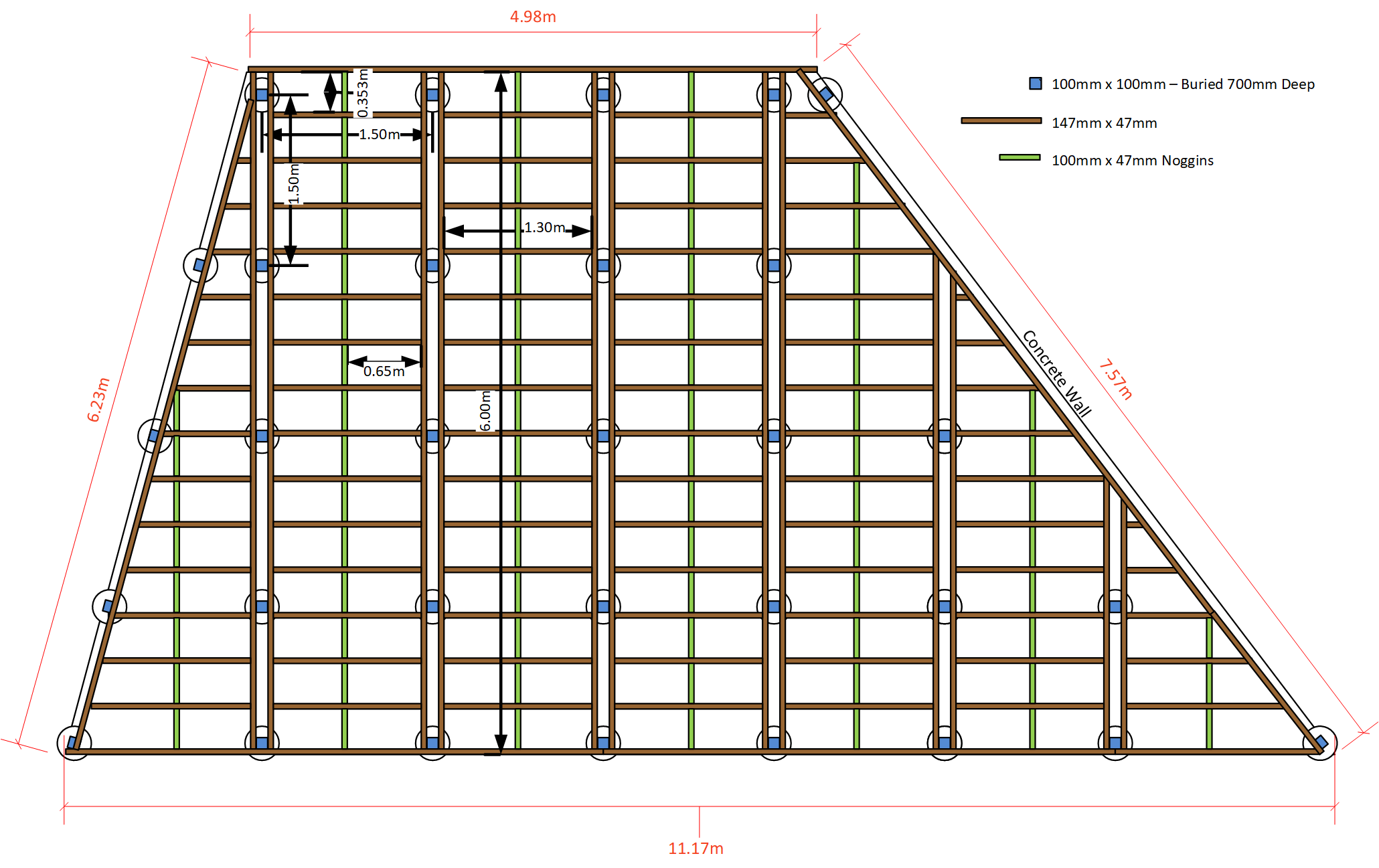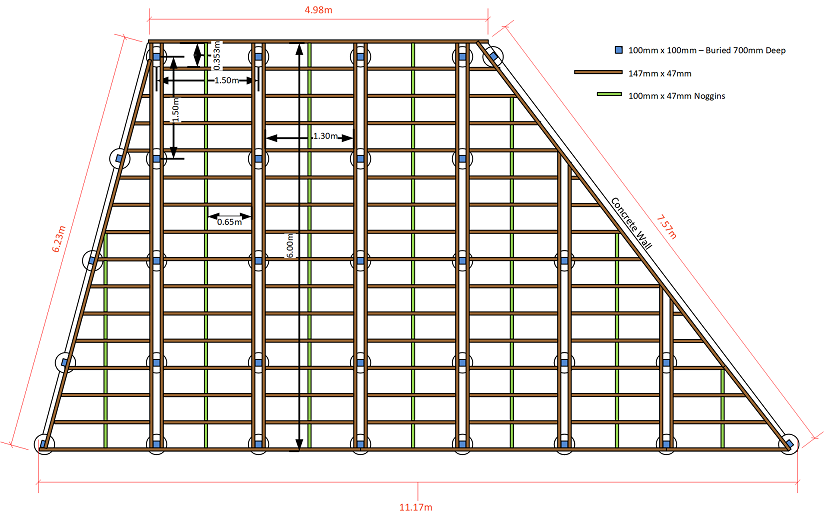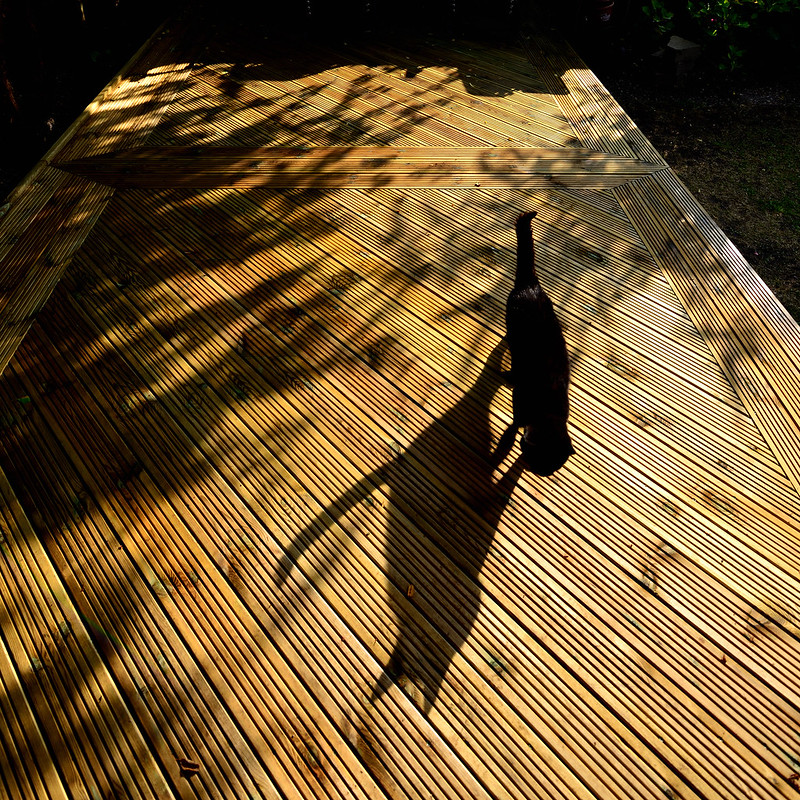Gaz2020
New member
Hi,
Below is my design and plan for my decking, I am not a DIY novice but this is my first foray into decking.
Any decking experts out there that can have a glance over and see if it looks ok please.

(Resized)

The the 6x2's will be attached with Joist Hangers where appropriate. The 4x2 Noggins will be toe screwed/nailed.
Posts are dug and buried to 700mm.
Thanks
Below is my design and plan for my decking, I am not a DIY novice but this is my first foray into decking.
Any decking experts out there that can have a glance over and see if it looks ok please.

(Resized)

The the 6x2's will be attached with Joist Hangers where appropriate. The 4x2 Noggins will be toe screwed/nailed.
Posts are dug and buried to 700mm.
Thanks



































